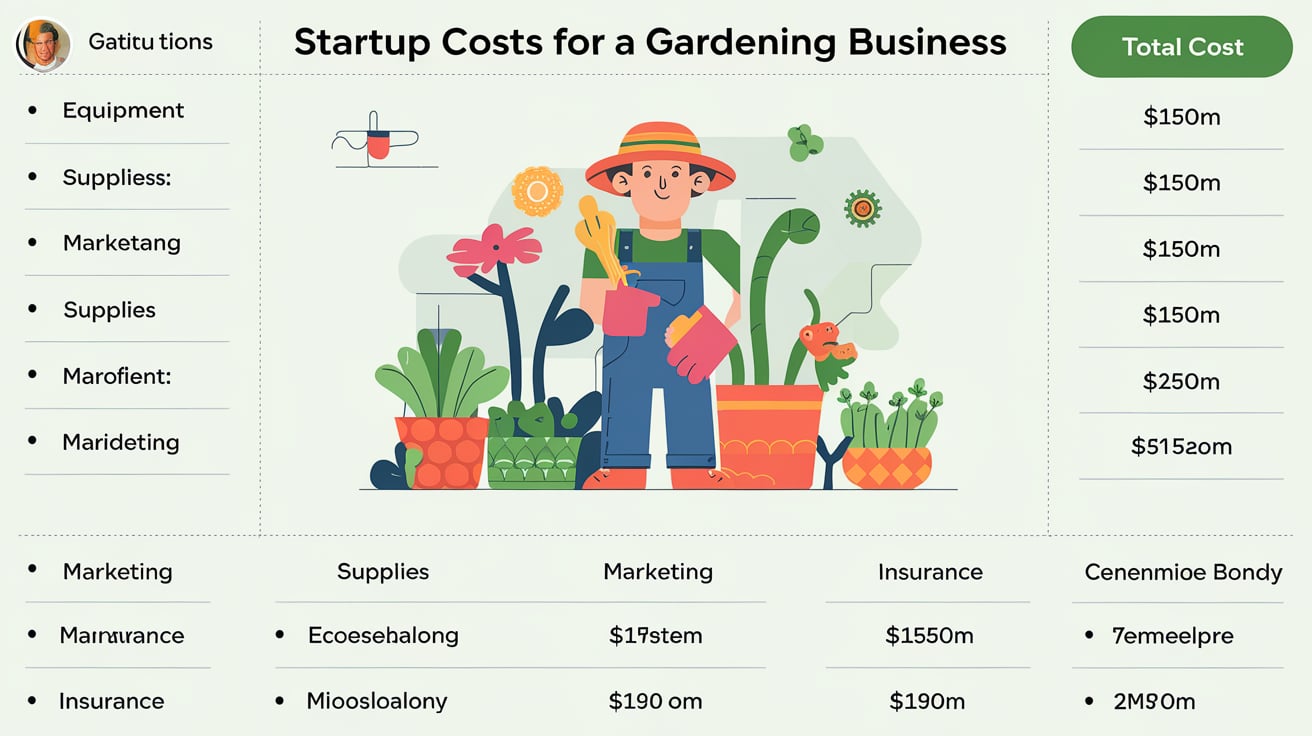Business analytics tools encompass a variety of software and platforms designed to analyze data to help organizations make informed decisions. Here are some popular tools used in business analytics:
- Tableau: A powerful data visualization tool that allows users to create interactive and shareable dashboards.
- Microsoft Power BI: Another robust tool for data visualization and business intelligence, tightly integrated with Microsoft products.
- Google Analytics: Primarily used for web analytics to track and analyze website traffic and user behavior.
- IBM Cognos Analytics: Provides reporting, dashboarding, and data exploration capabilities for enterprise users.
- QlikView / Qlik Sense: Offers data discovery and visualization tools with associative data indexing.
- SAS Business Intelligence: Provides a comprehensive suite of analytics tools for data management, analytics, and visualization.
- RapidMiner: An open-source data science platform that provides tools for data preparation, machine learning, and predictive analytics.
- Alteryx: A platform for data blending and advanced data analytics, with capabilities for predictive and spatial analytics.
- Domo: Combines business intelligence with data integration and visualization capabilities in a cloud-based platform.
- Sisense: Known for its powerful in-chip technology for fast data processing and visualization.
These tools vary in their capabilities, pricing models, and target audiences, catering to different needs from small businesses to large enterprises across various industries.
Hey there! Ready to supercharge your business strategy? Welcome to a world where data drives decisions and unlocks untapped potential. Today, we’re diving into the realm of business analytics tools – powerful allies in reshaping your strategic landscape.
Imagine having the ability to navigate through oceans of information effortlessly, guiding you towards smarter, more informed choices that propel your business forward.
Business analytics tools are not just buzzwords; they’re game-changers that can revolutionize the way you approach decision-making. Picture this: harnessing the power of data to unravel patterns, predict trends, and uncover hidden opportunities waiting to be seized.
By embracing these tools, you gain a competitive edge by transforming raw data into actionable insights that steer your ship toward success. Let’s embark on a journey where analytics isn’t just a tool but a beacon illuminating the path to strategic excellence. So tighten those sails and get ready for an enlightening voyage through the top business analytics tools shaping today’s dynamic business landscape!
Understanding Business Analytics Tools.
Business analytics tools serve as the compass guiding organizations through the vast sea of data to uncover valuable insights that can steer their strategies towards success. These tools act as the bridge between raw data and actionable intelligence, enabling companies to make informed decisions based on data-driven analysis rather than gut instincts.
By harnessing the power of business analytics tools, entrepreneurs, small business owners, data analysts, and marketers can unlock the true potential hidden within their datasets.
When exploring the landscape of business analytics tools, one encounters a diverse array of options tailored to specific analytical needs. From predictive analytics that forecast future trends to data visualization tools transforming complex datasets into intuitive charts and graphs, each tool brings its unique strengths to the table.
Additionally, reporting software empowers businesses to generate insightful reports quickly and efficiently, providing stakeholders with up-to-date information for strategic planning.
Selecting the right business analytics tool is crucial in ensuring that it aligns with an organization’s specific requirements and goals. For instance, while a marketing team might prioritize data visualization tools like Tableau for creating compelling campaign performance dashboards, a finance department might lean towards predictive analytics software for forecasting revenue streams accurately.
It’s essential to consider factors such as ease of use, scalability, compatibility with existing systems, and cost-effectiveness when deciding on the ideal tool for enhancing decision-making processes within a company. By choosing wisely based on individual business needs, organizations can leverage these tools effectively to drive growth and innovation in today’s competitive marketplace.
Top Business Analytics Tool #1: Tableau.
Tableau stands out as a powerhouse in the realm of business analytics tools, offering a user-friendly interface coupled with robust features for data visualization and interactive dashboards. This tool empowers users to transform complex datasets into engaging visuals that provide clear insights at a glance.
Through its drag-and-drop functionality, Tableau enables even those without extensive technical backgrounds to create dynamic charts, graphs, and maps that bring data to life.
To illustrate the impact of Tableau’s capabilities, consider the case of a retail company struggling to optimize its product inventory. By integrating Tableau into their operations, the company gained real-time visibility into sales trends, customer preferences, and stock levels.
With this newfound clarity, they were able to make swift decisions on restocking popular items, adjusting pricing strategies, and targeting specific customer segments more effectively. Ultimately, Tableau propelled this company towards smarter decision-making processes that led to increased profitability and customer satisfaction.
For beginners looking to harness the power of Tableau, a step-by-step guide can serve as a valuable resource. Starting with importing data sources and creating basic visualizations, users can gradually explore advanced features like calculated fields, parameters, and filters.
By following structured tutorials and experimenting with sample datasets provided by Tableau, novices can quickly grasp the tool’s functionalities and begin leveraging it to derive actionable insights for their businesses.
Top Business Analytics Tool #2: Google Analytics.
Google Analytics stands out as a powerful tool for unraveling the intricacies of website performance and understanding user behavior. By delving into metrics like page views, bounce rates, and conversion rates, businesses can gain invaluable insights that shape their digital strategies.
This tool not only tracks data but also provides actionable information to make informed decisions. For instance, by analyzing the sources of web traffic through Google Analytics, businesses can pinpoint which marketing channels are driving the most engagement and tailor their strategies accordingly.
When it comes to leveraging Google Analytics effectively, a key tip is to set up customized goals and conversion tracking. Through this feature, businesses can measure specific actions on their websites, such as newsletter sign-ups or product purchases, allowing them to gauge the success of their marketing campaigns accurately.
Understanding these metrics enables companies to optimize their efforts towards achieving desired outcomes and enhancing the overall customer experience. For instance, by identifying pages with high bounce rates and refining the content or layout based on Google Analytics insights, businesses can improve user engagement and retention.
Integrating Google Analytics with other tools like CRM systems or email marketing platforms can supercharge a company’s data analysis capabilities.
By syncing customer data from various touchpoints, businesses can create comprehensive profiles for targeted marketing campaigns tailored to individual preferences. This integration not only provides a holistic view of customer interactions but also streamlines data interpretation processes across different departments.
For example, combining Google Analytics with social media analytics tools can offer a 360-degree view of customer engagement levels across all digital channels, enabling businesses to develop more effective cross-channel strategies that resonate with their audience.
Top Business Analytics Tool #3: Power BI.
When it comes to robust data modeling, dynamic visualization, and seamless collaboration, Power BI stands out as a powerhouse in the realm of business analytics tools. This Microsoft product offers a comprehensive suite of features that empower users to delve deep into their data insights.
From creating interactive reports to building engaging dashboards, Power BI enables businesses to make informed decisions based on real-time data analysis. Its user-friendly interface coupled with powerful capabilities makes it an indispensable tool for organizations looking to harness the full potential of their data.
Countless success stories abound from businesses that have leveraged Power BI to streamline their operations and significantly boost productivity levels. For instance, a retail company utilized Power BI’s data modeling functionalities to identify trends in customer purchasing behavior, leading to more targeted marketing campaigns and increased sales revenue.
By integrating various databases and visualizing key metrics through Power BI’s intuitive dashboards, this company was able to adapt its strategies swiftly based on changing market dynamics.
Delving deeper into Power BI reveals a treasure trove of advanced features that can provide unparalleled insights into critical business metrics. With capabilities like AI-powered analytics, custom visuals, and real-time monitoring, users can uncover hidden patterns in their data and gain foresight into future trends.
Businesses that embrace these advanced features often find themselves at the forefront of innovation, staying agile in fast-paced markets and making proactive decisions driven by unrivaled precision and accuracy derived from Power BI’s sophisticated tools.
Implementing Business Analytics Tools Effectively.
When it comes to integrating business analytics tools into your organization’s workflow, following best practices is crucial for maximizing their impact. Start by clearly defining your objectives and identifying key performance indicators (KPIs) that align with your business goals. By setting measurable targets, you can track the success of your analytics initiatives and ensure they drive strategic decision-making.
To overcome common challenges during the implementation process, consider conducting a thorough analysis of your current data infrastructure. This step allows you to identify gaps or outdated systems that may hinder the effectiveness of new analytics tools.
Moreover, fostering a culture of data literacy within your organization can alleviate resistance to change and encourage employees to embrace data-driven decision-making.
Providing adequate training for employees on how to use the selected analytics tools is essential for successful implementation. Consider organizing workshops, webinars, or personalized coaching sessions to enhance their understanding and proficiency in utilizing these tools effectively.
By investing in continuous learning opportunities, you empower your team to leverage data insights for improved performance and innovation.
In one illustrative example, a retail company successfully implemented business analytics tools by incorporating gamification into their training process. Through interactive modules and competitions designed to test employees’ analytical skills, they not only increased engagement but also saw a notable improvement in data utilization across departments.
By adopting creative training approaches tailored to your workforce’s needs, you can ensure that the implementation of analytics tools becomes a transformative journey rather than a daunting task.
Future Trends in Business Analytics Tools.
As technology continues to advance at a rapid pace, the future of business analytics tools is brimming with exciting possibilities. One of the key drivers of this evolution is artificial intelligence (AI) and machine learning.
These technologies are poised to revolutionize how businesses analyze data, detect patterns, and make informed decisions. Imagine having algorithms that can predict customer behavior based on historical data or automatically identify trends that humans might overlook.
AI-powered analytics tools will not only streamline processes but also uncover insights that could shape strategic initiatives for companies across industries.
Looking ahead, the integration of AI and machine learning within analytics tools promises a more sophisticated understanding of complex data sets. By leveraging these technologies, businesses can delve deeper into consumer preferences, market trends, and operational efficiencies.
For instance, predictive analytics models powered by AI can forecast sales figures with remarkable accuracy or recommend personalized marketing strategies tailored to individual customers’ needs. This level of precision in decision-making enables organizations to stay agile in dynamic markets and gain a competitive edge.
In addition to AI advancements, upcoming technologies are set to empower businesses further in their data-driven journey. From natural language processing enabling users to interact with analytics tools conversationally to augmented analytics automating insights generation, the landscape is ripe for transformative innovations.
Picture a scenario where executives can simply ask their analytics platform questions in plain language and receive actionable recommendations in real-time—this accessibility democratizes data insights across all levels of an organization, fostering a culture of informed decision-making rooted in empirical evidence.
In conclusion, as we brace for the future of business analytics tools, it’s evident that embracing cutting-edge technologies like artificial intelligence and machine learning will be pivotal for maximizing strategic growth opportunities.
By staying abreast of these emerging trends and harnessing the power they offer, businesses can elevate their decision-making processes like never before. The intersection of advanced analytics tools and innovative technologies holds the key to unlocking unprecedented value from data assets, shaping a future where actionable insights drive sustainable success across diverse sectors globally.
Conclusion: Driving Strategic Growth Through Analytics Tools.
As we wrap up our exploration of the most powerful business analytics tools available, it’s evident that the strategic integration of these tools can pave the way for transformative growth and success.
By harnessing the predictive capabilities of tools like Tableau, leveraging Google Analytics to optimize marketing strategies, and utilizing Power BI for streamlined data visualization, businesses can unlock a world of actionable insights to drive their decision-making processes.
The journey towards strategic growth through analytics tools is not just about data; it’s about empowering entrepreneurs, small business owners, data analysts, and marketers worldwide to make informed choices that propel their businesses forward.
Remember, it’s not just about the numbers on a report—it’s about the stories they tell and the possibilities they reveal. So take that first step, choose your tool wisely, and embark on a journey where every data point leads you closer to achieving your financial goals and making smarter business decisions.
The future is bright with analytics at your side—embrace it with optimism and determination as you navigate the diverse landscape of global business strategies. With these top business analytics tools by your side, transforming your strategy is no longer just an ambition but a tangible reality waiting to be embraced.
As an author writing and creating business courses and articles, I am responsible for developing and delivering high-quality content that is informative, engaging, and relevant to the target audience.
I monitor and analyzes business trends and topics to create courses and articles that provide value to readers and students here. I am responsible for ensuring that all content is accurate, well-written, and met the needs of the target audience.






